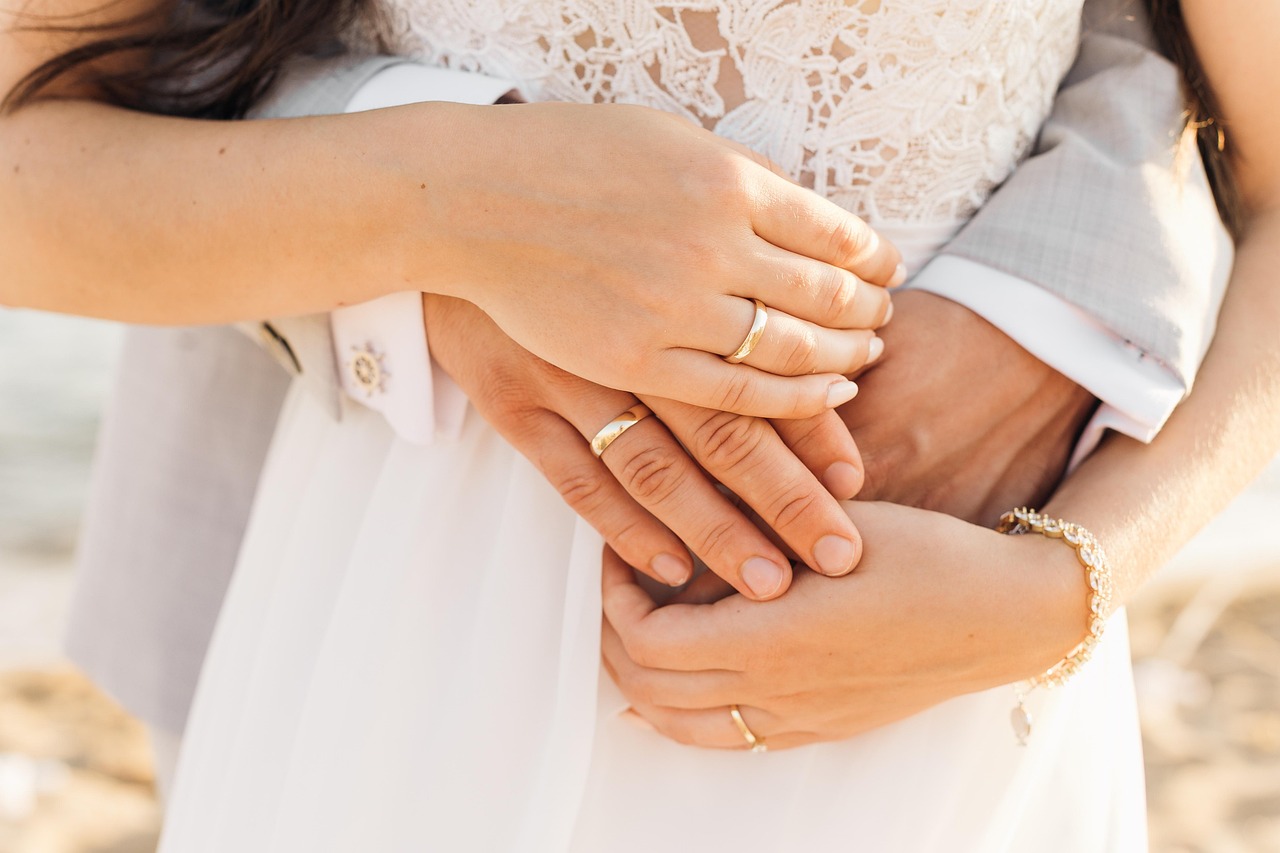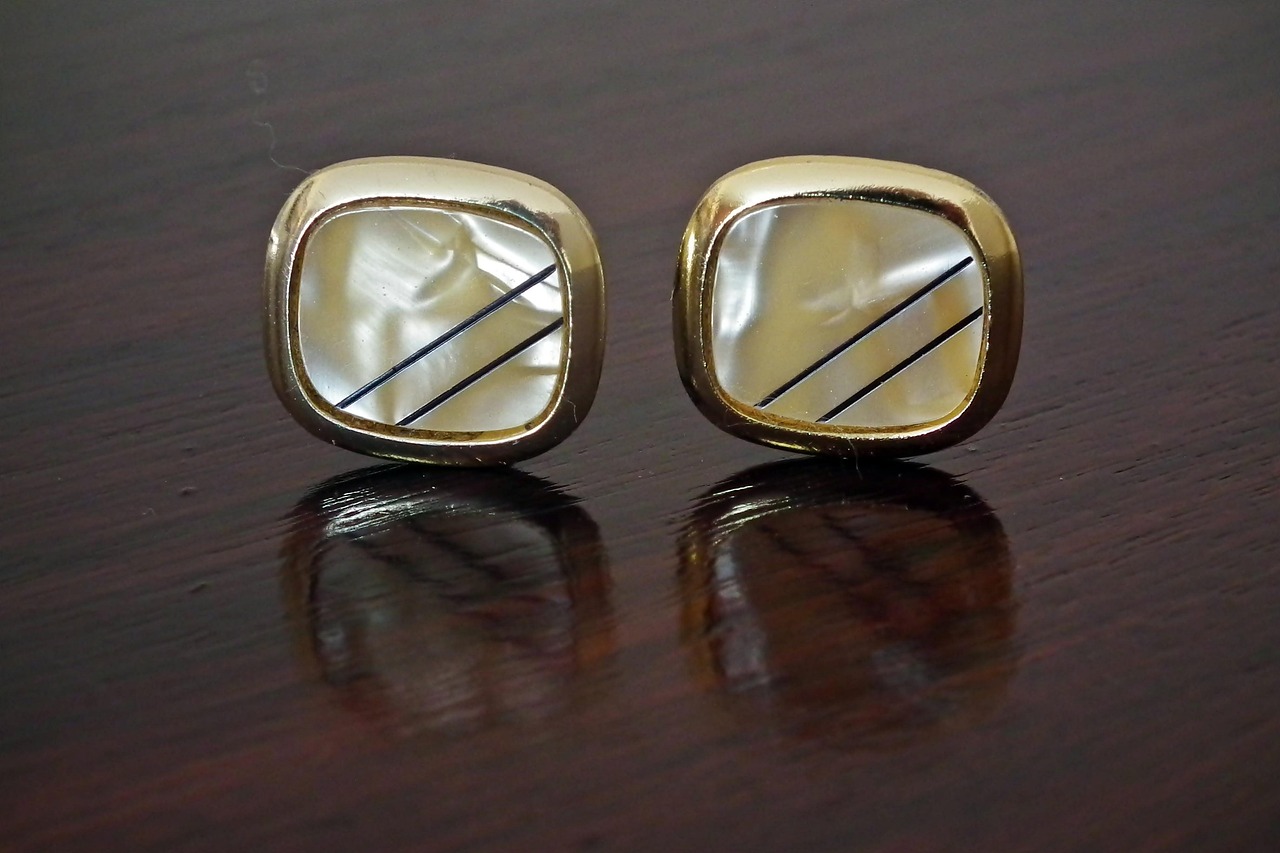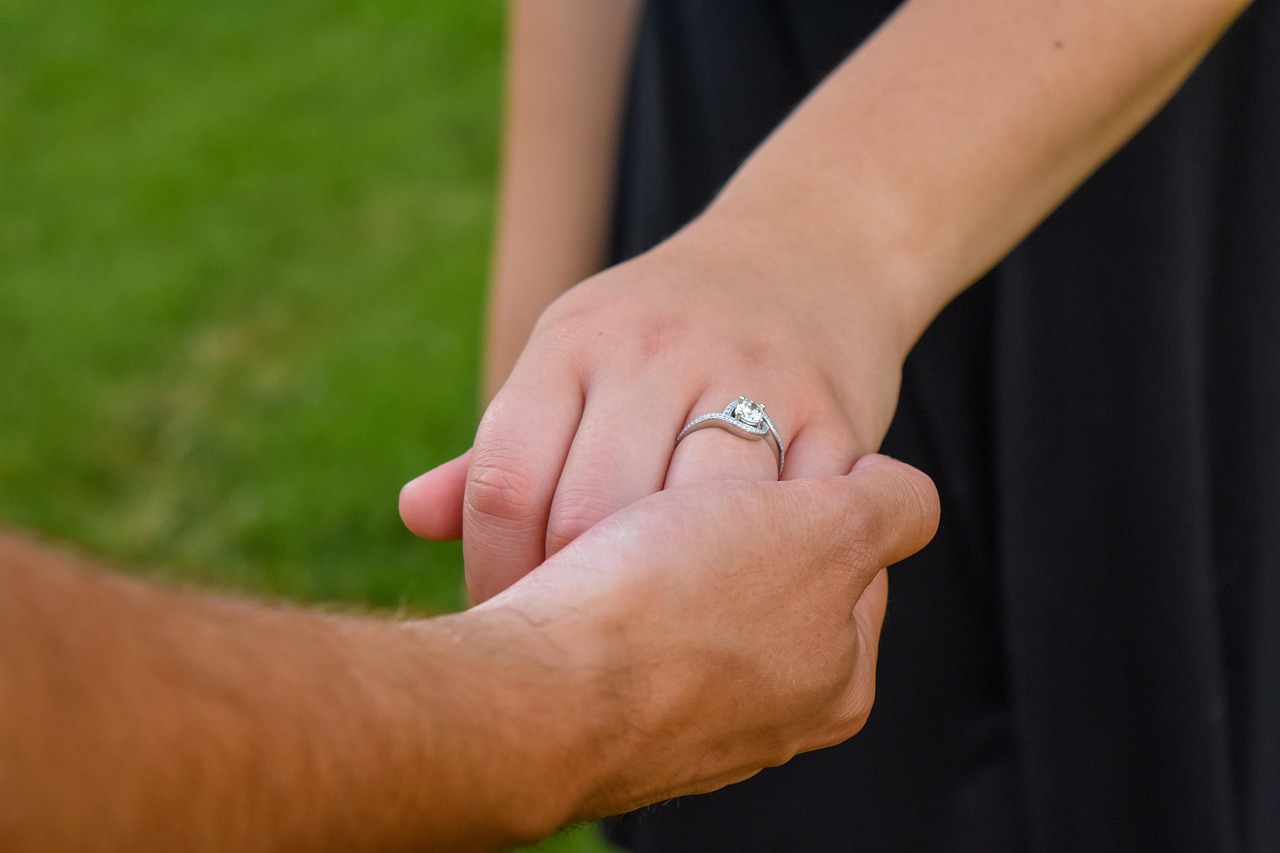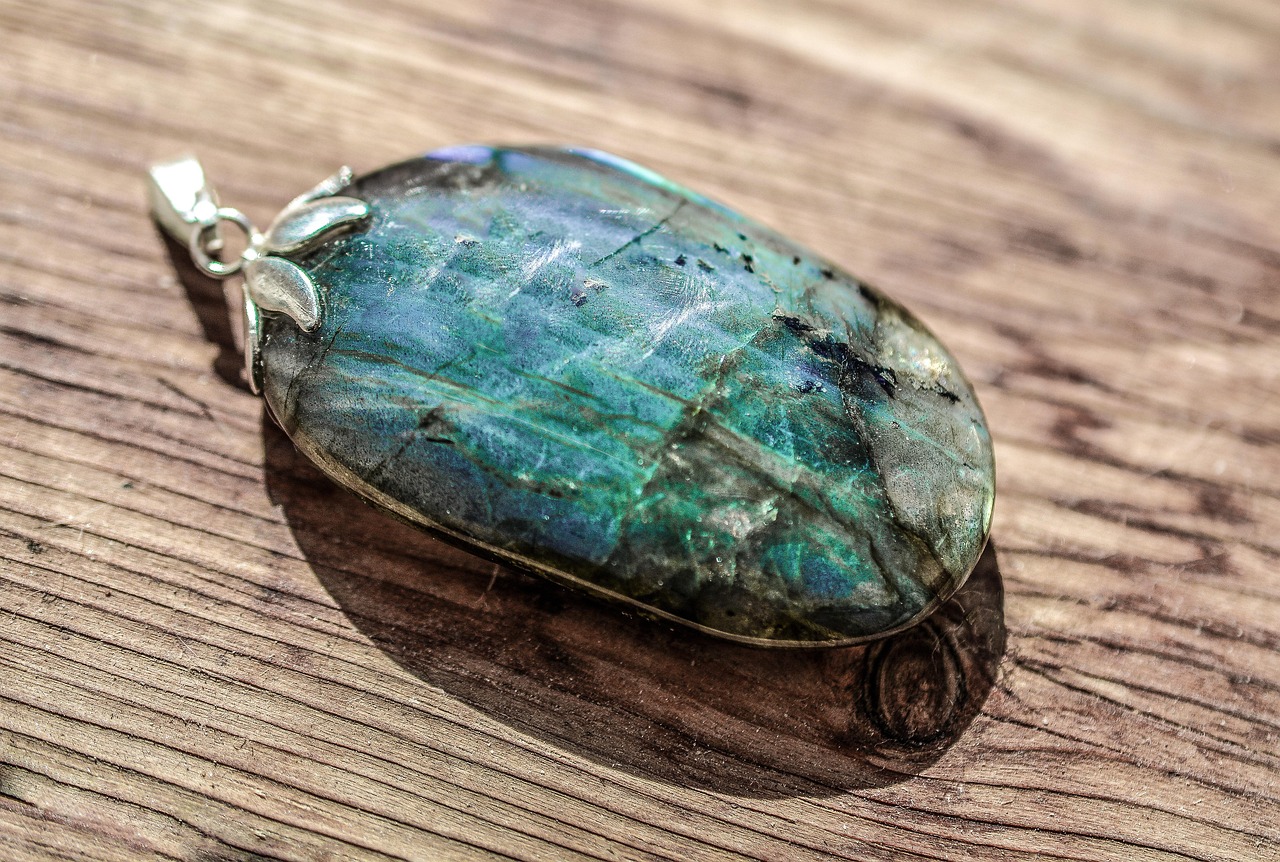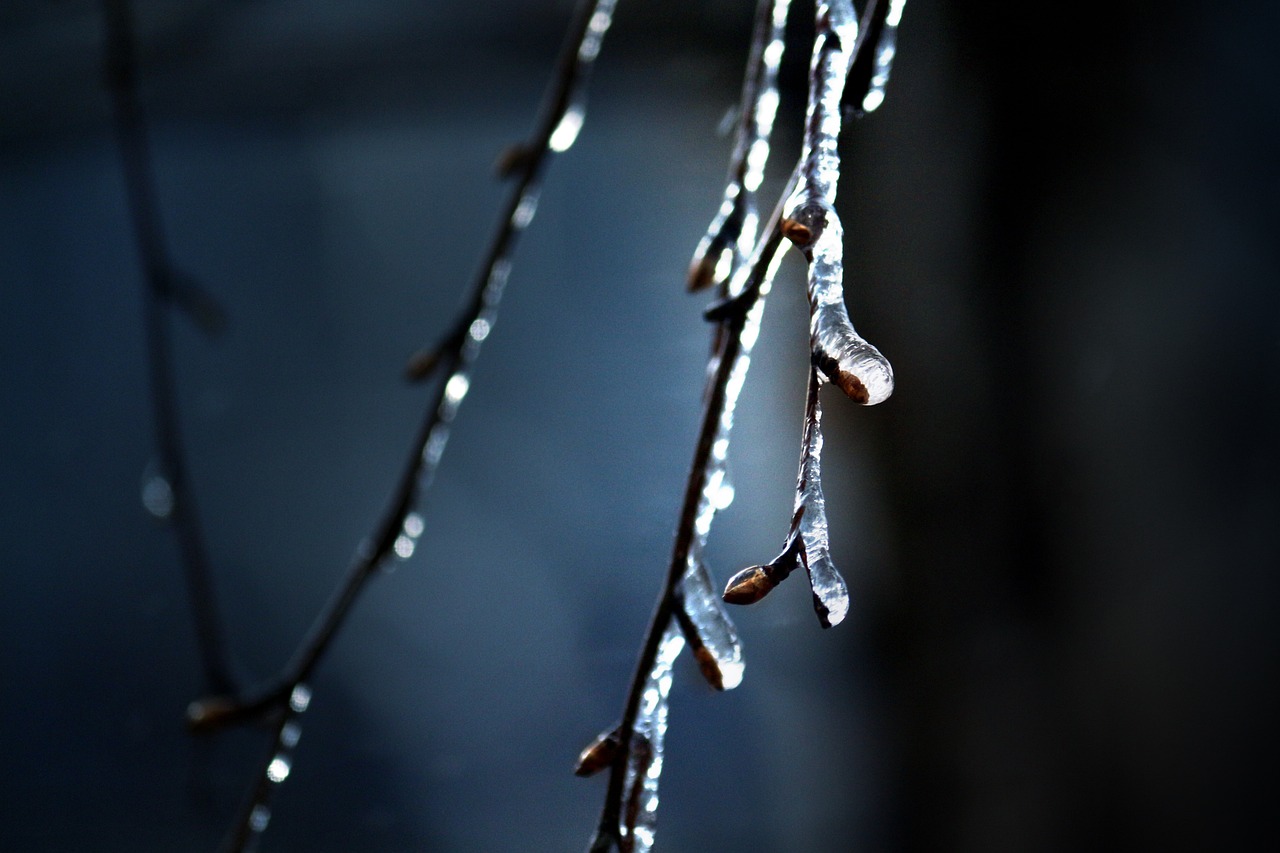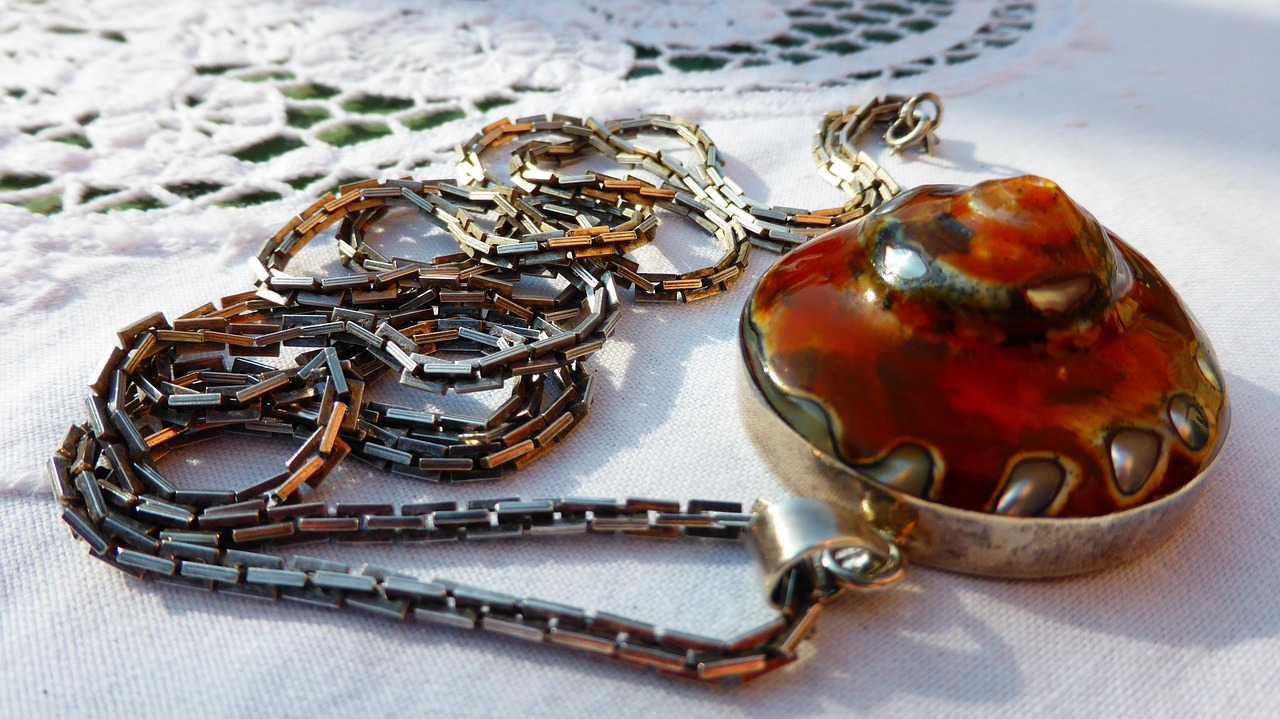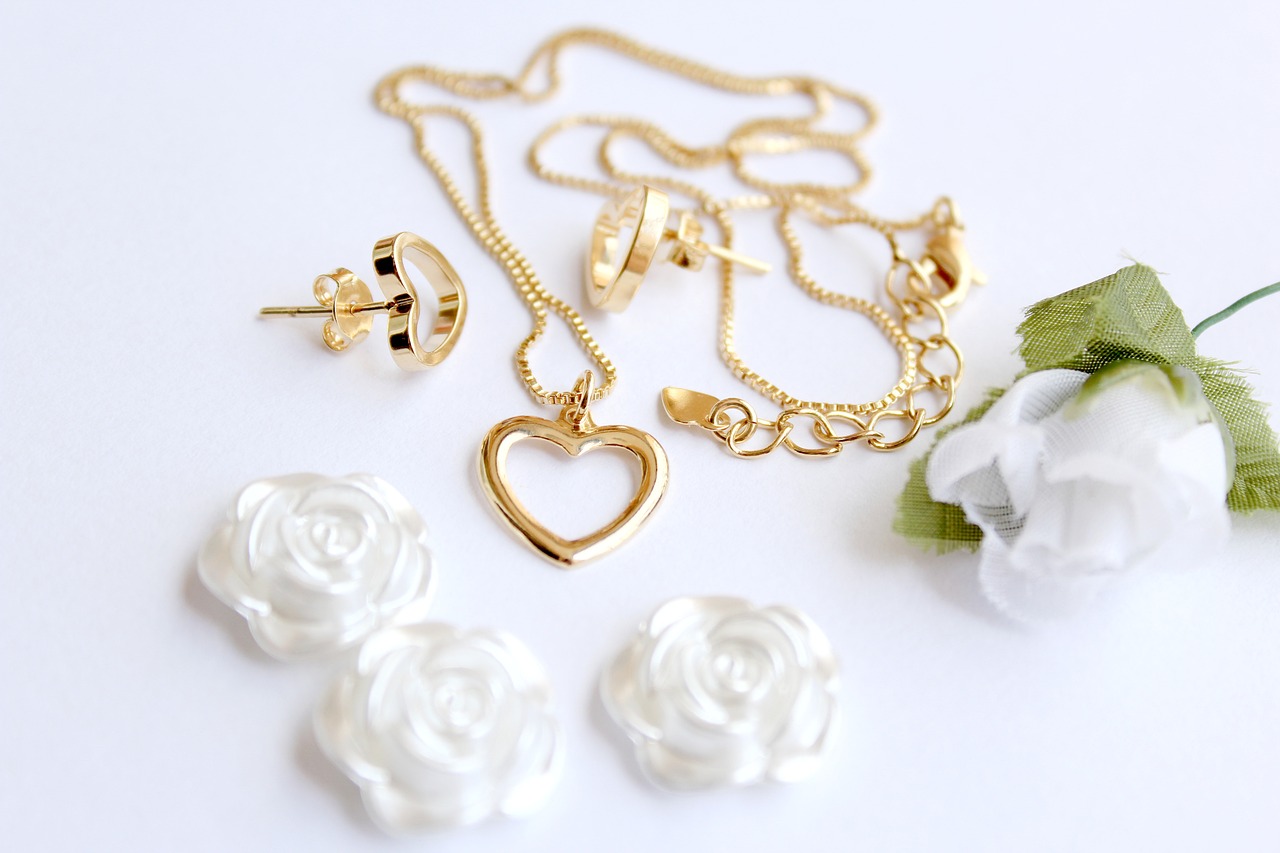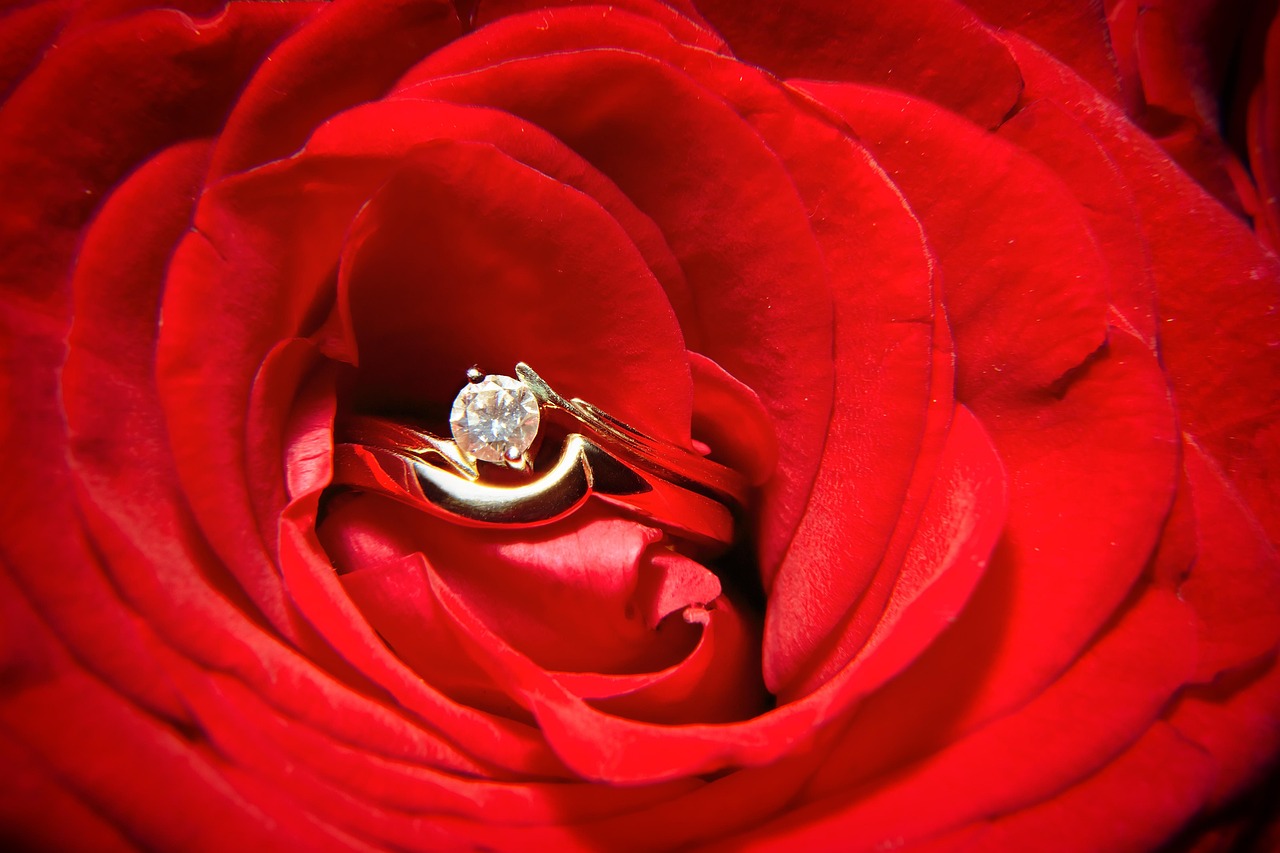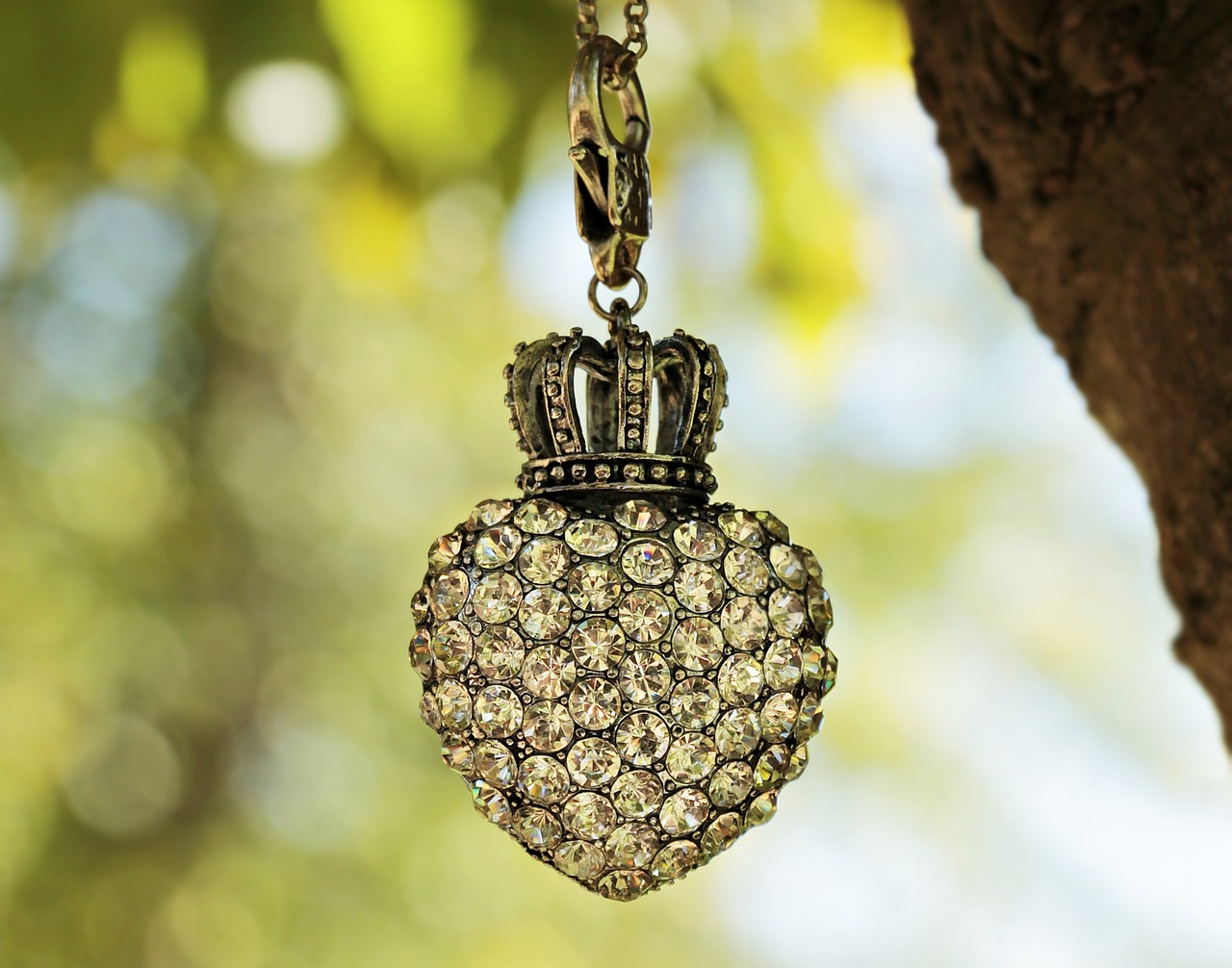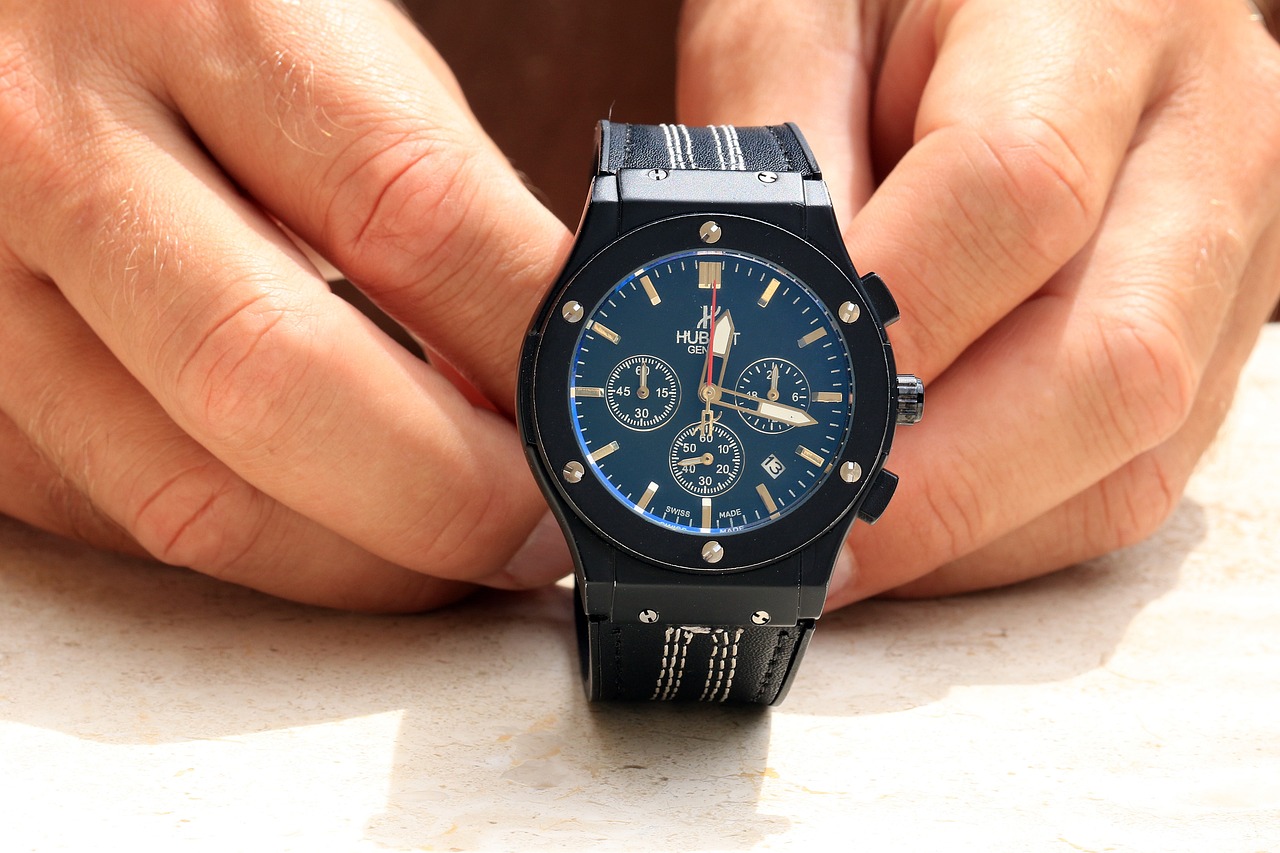When you find yourself with a bent ring, it can be disheartening. However, understanding the methods and considerations for reshaping these rings can help restore their beauty and functionality. This article delves into the various types of rings affected, DIY techniques for minor repairs, and when it’s best to seek professional help.
Rings can bend for a variety of reasons. Common causes include:
- Daily Wear: Regular activities can put stress on rings, especially if they are worn during physical labor.
- Improper Sizing: Rings that are too loose can twist and bend due to movement.
- Harsh Conditions: Exposure to extreme temperatures or chemicals can weaken metal and lead to bending.
Recognizing a bent ring early can prevent further damage. Look for:
- Irregular Shapes: Any noticeable distortion in the ring’s form.
- Gaps: Spaces between the band and your finger can indicate a bend.
- Discomfort: If the ring feels tight or pinches, it may be bent.
Many people wonder if they can repair bent rings themselves. The answer is yes, but with caution. Here are some methods:
A ring mandrel is a tool that can be invaluable for reshaping bent rings. It allows you to:
- Apply even pressure to gradually restore the ring’s shape.
- Work slowly to avoid over-correcting and causing further damage.
Applying heat can sometimes help reshape metal rings. However, this method requires careful attention:
- Use a heat source like a torch or lighter, but be cautious not to overheat the metal.
- Overheating can alter the metal’s properties or cause stones to loosen.
While minor bends can often be fixed at home, severe cases may require professional intervention. Consider consulting a jeweler if:
- The ring is significantly misshapen.
- It contains delicate stones that might be damaged during the repair.
- You are unsure about the material and its properties.
If you notice any of the above signs, it’s best to seek professional help. Jewelers have the expertise and tools necessary to handle complex repairs safely.
The cost of professional resizing can vary widely based on:
- The type of metal.
- The complexity of the repair.
- Any additional work required, such as resetting stones.
Taking proactive steps can help avoid future bends. Here are some tips:
Storing your rings correctly can prevent accidental bends. Consider:
- Using a padded jewelry box to keep rings safe.
- Storing rings separately to avoid friction with other jewelry.
Ensuring your rings are the correct size is crucial. Regularly check your size, especially during:
- Seasonal changes when fingers may swell or shrink.
- Weight fluctuations that could affect fit.
In summary, understanding how to identify, repair, and prevent bending in rings can help maintain their beauty and integrity. Whether you choose to tackle minor repairs at home or seek professional help for severe cases, being informed is essential.

What Causes Rings to Bend?
Understanding the common reasons rings become bent is crucial for both prevention and repair. Rings, whether they are made of gold, silver, or other metals, are susceptible to bending due to various factors. By recognizing these causes, you can take proactive measures to protect your cherished jewelry.
One of the most prevalent reasons for bent rings is daily wear and tear. Rings are often subjected to constant friction and pressure from everyday activities, such as typing, exercising, or even doing household chores. Over time, this repeated stress can lead to distortion in the ring’s shape. It is essential to remove your rings during activities that could potentially bend or scratch them.
Another significant factor contributing to bent rings is improper sizing. A ring that is too tight may be forced against the finger, especially during temperature fluctuations when fingers swell. Conversely, a ring that is too loose can spin and get caught on objects, causing it to bend. Regularly checking your ring size and adjusting it as necessary can help prevent these issues.
Rings can also become bent due to exposure to harsh environmental conditions. Activities such as gardening, swimming in chlorinated pools, or engaging in sports can expose your rings to chemicals or physical impacts that may compromise their shape. It’s advisable to remove rings before engaging in such activities to maintain their integrity.
The material of the ring plays a crucial role in its durability. Softer metals like gold and silver are more prone to bending compared to harder metals like titanium or platinum. Understanding the properties of the metal in your ring can help you take better care of it. For instance, rings made from softer materials may require more frequent checks for bends or distortions.
How you store your rings can also lead to bending. Improper storage in a jewelry box without padding can result in rings getting squished together, leading to deformation. Always store rings separately, preferably in a soft-lined jewelry box or individual pouches, to prevent them from rubbing against each other.
Accidental impacts are another common cause of bent rings. A sudden knock against a hard surface can easily bend a ring, especially if it is made from a softer metal. Being mindful of your surroundings and removing rings during potentially hazardous activities can help mitigate this risk.
By understanding the various factors that contribute to bent rings, you can take proactive steps to protect your jewelry. Regular maintenance, proper sizing, and careful storage are key strategies for preventing bends. If you notice any signs of distortion, addressing the issue promptly can help preserve the beauty and value of your rings.
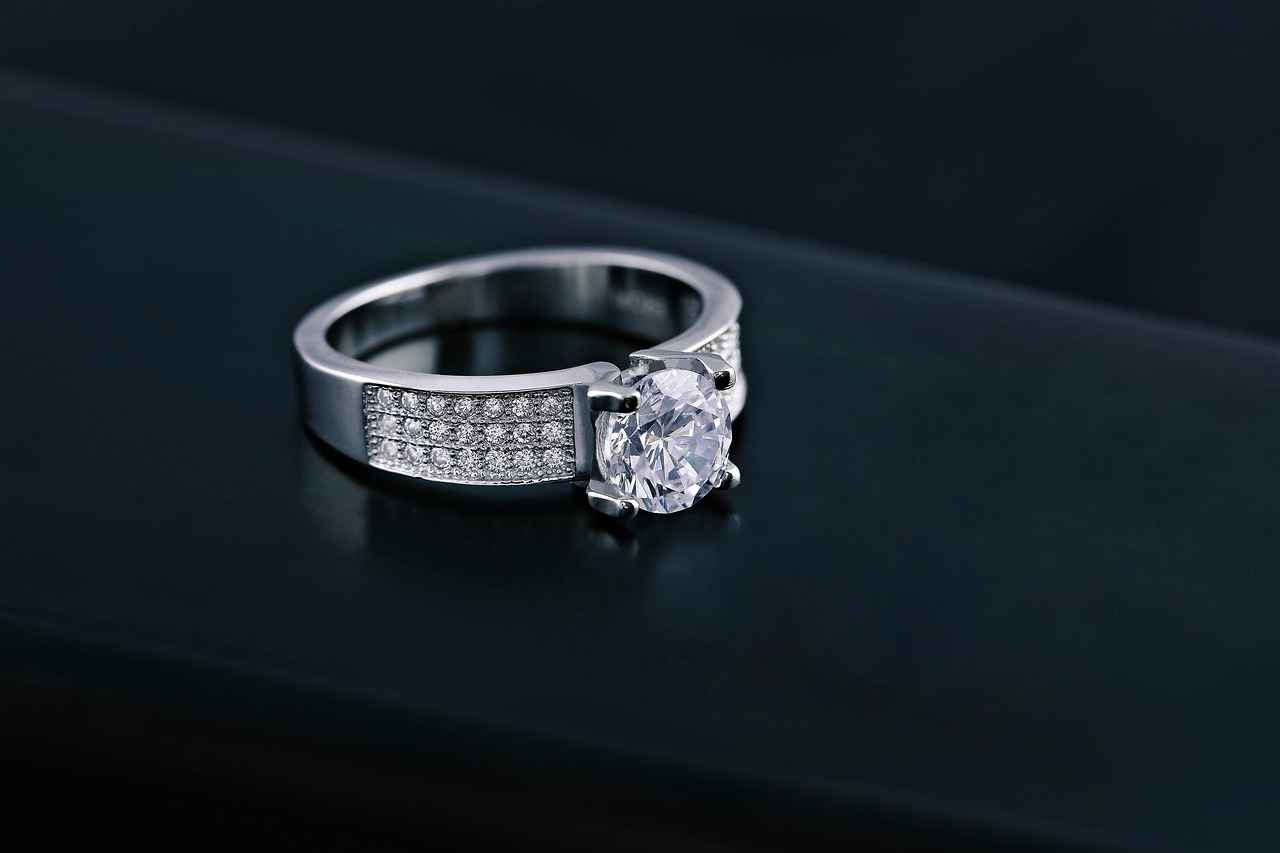
How to Identify a Bent Ring
When it comes to jewelry, rings are often cherished pieces that hold significant sentimental value. However, they are also susceptible to bending, which can compromise their appearance and fit. Identifying a bent ring early can prevent further damage and ensure your beloved piece remains in good condition. In this section, we will explore the key signs of a bent ring and how to address them effectively.
Recognizing the signs of a bent ring is essential for maintaining its integrity. Here are some common indicators to look out for:
- Irregular Shapes: One of the most apparent signs of a bent ring is a noticeable distortion in its shape. If the band appears oval instead of circular, or if it has any kinks, it is likely bent.
- Gaps Between the Band and Your Finger: A properly fitting ring should sit snugly against your finger. If you notice a gap between the band and your skin, this could indicate that the ring has lost its shape.
- Discomfort When Wearing: If your ring feels uncomfortable or pinches your finger, it may be bent. This discomfort can also lead to skin irritation if not addressed promptly.
- Visible Wear and Tear: Look for scratches, dents, or other signs of wear that may suggest the ring has been compromised. These physical markers can often accompany a bent ring.
In addition to these visual and physical signs, it is important to consider the material of the ring. Certain metals are more prone to bending than others. For instance, softer metals like gold or silver can easily be reshaped, while harder metals like titanium may require professional assistance to restore their form.
Regular inspections of your rings can help you catch these issues early. Pay attention to how your rings fit, especially after activities that may stress the material, such as sports or manual labor. If you notice any of the signs mentioned above, it is advisable to take action before the damage worsens.
In summary, being vigilant and aware of the signs of a bent ring can save you from costly repairs and preserve the beauty of your jewelry. If you suspect your ring is bent, consider trying some DIY methods for minor adjustments, or consult a professional jeweler for more severe cases. Remember, taking care of your rings not only enhances their longevity but also ensures they remain a cherished part of your collection.

Can You Fix a Bent Ring at Home?
When faced with the frustrating issue of a bent ring, many individuals find themselves asking, “Can I fix a bent ring at home?” The good news is that with the right tools and techniques, it is indeed possible to restore the shape of your beloved jewelry without the need for professional intervention. This article will delve into effective DIY methods, ensuring you can confidently approach the repair process.
Before attempting any repairs, it’s essential to understand the structure of your ring. Rings can be made from various materials, including gold, silver, and platinum, each requiring different handling techniques. Additionally, the design of the ring—whether it has intricate details or embedded stones—can influence the repair process.
Many people wonder if DIY methods can effectively fix bent rings. Simple tools and techniques can sometimes restore their shape without needing professional help. Here are some effective methods:
- Using a Ring Mandrel: A ring mandrel is a tapered tool that allows you to gently reshape your ring. Start at the smaller end of the mandrel and gradually work your way up, applying even pressure to return the ring to its original shape.
- Heat Treatment: For metal rings, applying heat can help make the material more malleable. However, this method requires caution. Use a lighter or a small torch, and heat the area gently. Be careful not to overheat, as this can cause discoloration or weaken the metal.
- Using Household Items: In some cases, you can use common household items to reshape a ring. For instance, placing the ring on a soft surface and gently tapping it with a rubber mallet can help restore its shape without causing damage.
While many minor bends can be fixed at home, there are situations where seeking professional help is advisable. If the ring is significantly misshapen, has stones set in it, or is made from a delicate material, it’s best to consult a jeweler. They have the expertise and tools to perform repairs without risking further damage.
Recognizing when to seek professional help is crucial for preserving your ring. Look for the following signs:
- The ring is severely misshapen.
- It contains stones that may be dislodged during the repair.
- It is made from a material that requires specialized tools or techniques.
The cost of having a ring resized or repaired can vary widely based on the materials, the complexity of the repair, and the jeweler’s rates. On average, you might expect to pay anywhere from $20 to $100 for basic repairs, while more intricate work could cost significantly more. It’s advisable to get a quote before proceeding with any repairs.
To avoid the hassle of bent rings in the future, consider taking proactive measures. Proper care and storage can significantly extend the life of your jewelry:
- Proper Storage Techniques: Store your rings in a jewelry box or soft pouches to prevent accidental bends. Avoid tossing them into drawers or bags where they can get knocked around.
- Choosing the Right Size: Ensure your rings fit properly. A ring that is too loose can easily bend or slip off, while one that is too tight can cause discomfort and pressure, leading to deformation.
By understanding how to fix a bent ring at home and taking preventative steps, you can keep your jewelry looking beautiful and intact for years to come.
Using a Ring Mandrel
When dealing with bent rings, one of the most effective tools at your disposal is a ring mandrel. This specialized tool is designed to help you reshape and resize rings that have lost their form due to various factors such as wear and tear or accidental impacts. By using a ring mandrel, you can apply even pressure to the ring, gradually restoring it to its original size and shape.
A ring mandrel is a tapered tool that is typically made from metal or wood. It features a smooth surface and is marked with size measurements, allowing for precise adjustments. The mandrel’s design enables users to work on rings of different sizes effectively. This tool is essential for both amateur jewelers and professionals alike, as it provides a reliable method for ring resizing and reshaping.
- Assess the Damage: Before using the mandrel, examine the ring to determine the extent of the bend. Look for any cracks or damage to the stones if applicable.
- Choose the Right Size: Select the appropriate size on the mandrel that matches the ring’s intended size.
- Apply Gentle Pressure: Place the ring onto the mandrel and gently tap it with a rubber mallet. This will help reshape the ring without damaging it.
- Check Frequently: Periodically remove the ring from the mandrel to check your progress. This will help you avoid over-stretching or distorting the ring.
Utilizing a ring mandrel offers several advantages:
- Cost-Effective: Instead of paying for professional resizing, you can perform the task at home, saving money.
- Convenience: Having a ring mandrel allows you to make adjustments whenever necessary, without the need for appointments.
- Control: You have complete control over the reshaping process, allowing for a more personalized touch.
While a ring mandrel can effectively fix many minor bends, there are situations where professional help is advisable. If the ring is significantly misshapen, made from delicate materials, or contains valuable stones, consulting a jeweler is the best course of action. They possess the expertise and tools necessary to handle more complex repairs without risking further damage.
In summary, a ring mandrel is an invaluable tool for anyone looking to reshape bent rings. By understanding how to use it effectively and recognizing when to seek professional help, you can maintain the integrity and beauty of your jewelry. Whether you are an experienced jeweler or a DIY enthusiast, mastering the use of a ring mandrel can save you time and money while ensuring your rings remain in excellent condition.
Heat Treatment for Metal Rings
When it comes to caring for your jewelry, understanding the methods available for reshaping metal rings is essential. One such method is heat treatment, which can be effective but requires a delicate touch. This article delves into the intricacies of using heat to reshape rings, highlighting the necessary precautions and techniques to ensure the process is safe and successful.
Heat treatment involves applying controlled heat to metal, allowing it to become more malleable and easier to reshape. This technique can be particularly useful for rings that have become bent due to daily wear or accidental impacts. However, it is crucial to understand that overheating can lead to irreversible damage, altering the ring’s integrity and properties.
Applying heat can help in restoring the original shape of a ring, especially if it has been deformed. The process works by loosening the molecular structure of the metal, making it easier to manipulate. However, not all metals respond the same way to heat. For instance, gold and silver can typically withstand some heat, while more delicate materials like platinum may require more caution.
- Gather Your Tools: You will need a heat source, such as a torch or a heat gun, and protective gear, including gloves and safety goggles.
- Heat Gradually: Start by applying low heat and gradually increase the temperature. This helps to prevent sudden changes that could lead to cracking or warping.
- Monitor the Color: As the metal heats, watch for changes in color. A dull red glow indicates that the metal is becoming malleable.
- Use a Mandrel: Once the ring is heated, use a ring mandrel to gently reshape it back to its original form.
- Cool Down Slowly: After reshaping, allow the ring to cool naturally. Rapid cooling can cause stress fractures.
While heat treatment can be effective, it is not without risks. Overheating can lead to a loss of metal strength or even cause the ring to lose its finish. Additionally, if the ring contains stones, the heat can damage or loosen them, leading to costly repairs.
If your ring is made from a delicate material or features intricate designs, it is advisable to avoid heat treatment altogether. In such cases, consulting a professional jeweler is the best course of action to prevent any potential damage.
If heat treatment seems too risky, there are alternative methods to consider. Using a ring mandrel without heat can often restore shape with careful pressure. Additionally, professional resizing is a reliable option for severely bent rings, ensuring that the integrity of the metal is maintained.
In conclusion, while heat treatment can be a useful technique for reshaping metal rings, it requires caution and expertise. Understanding the properties of the metal and the potential risks involved is essential for achieving the desired results without compromising the ring’s quality. Always prioritize safety and consider professional help when in doubt.

When Should You Seek Professional Help?
When it comes to the care and maintenance of your rings, it is essential to understand the limits of DIY repairs. While minor bends can often be addressed at home, there are specific situations where seeking professional help is not just advisable but necessary. This article will delve into the signs that indicate it’s time to consult a jeweler, ensuring that your precious jewelry remains in optimal condition.
Jewelry is often not just a fashion statement but a significant investment, laden with sentimental value. Attempting to fix severe bends without the right tools or expertise can lead to irreversible damage. Professional jewelers possess the skills and equipment necessary to assess the situation accurately and perform repairs that maintain the integrity of the piece.
- Significant Misshaping: If your ring has a noticeable distortion, such as an oval shape instead of a circle, it’s time to seek help.
- Stone Settings: Rings adorned with gemstones require special care. If the setting appears loose or misaligned, a jeweler can ensure the stones are secure.
- Material Considerations: Delicate metals, such as platinum or gold, can be tricky to work with. If your ring is made from a soft or precious material, professional intervention is crucial to avoid further damage.
- Persistent Discomfort: If wearing the ring causes pain or discomfort, it may indicate a serious issue that needs expert attention.
When you visit a jeweler for resizing or repair, they will first conduct a thorough examination of the ring. This process typically includes:
- Assessment: The jeweler will evaluate the extent of the damage and discuss the best course of action with you.
- Cost Estimate: Before proceeding, you will receive a detailed estimate of the costs involved, which can vary based on the complexity of the repair and the materials used.
- Repair Process: Depending on the damage, the jeweler may use specialized tools, such as a ring mandrel, or employ techniques like heat treatment to restore the ring.
The cost of professional resizing can vary widely. Factors influencing this include:
- Material: Different metals have different repair costs. For example, resizing a gold ring may be less expensive than resizing a platinum one.
- Complexity: Rings with intricate designs or multiple stones will typically require more labor, increasing the overall cost.
- Location: Prices can also vary based on geographic location and the jeweler’s experience level.
After addressing the current issue, it’s wise to consider how to prevent future bends. Here are some tips:
- Regular Check-ups: Schedule periodic visits to your jeweler for inspections, especially for rings worn daily.
- Proper Storage: Store your rings in a safe, padded environment to avoid accidental bends.
- Correct Sizing: Ensure your rings are the appropriate size to minimize the risk of bending due to pressure.
In summary, while minor bends can often be fixed at home, recognizing when to seek professional help is crucial for preserving the beauty and integrity of your rings. By being proactive and attentive to the condition of your jewelry, you can ensure its longevity and maintain its value.
Signs You Need a Jeweler
When it comes to jewelry, rings are often among the most cherished possessions. However, they can become misshapen over time due to various factors. Understanding when to seek professional help is crucial for maintaining the integrity of your beloved pieces. Below, we delve into the signs that indicate you need to consult a jeweler for repairs.
- Significantly Misshapen Rings: If your ring has lost its original form and appears distorted, it may be time to seek professional assistance. A jeweler can restore its shape and ensure it fits comfortably on your finger.
- Presence of Stones: Rings that feature precious stones require special care. If the setting is compromised or the stones are loose, a jeweler has the expertise to securely reset them, preventing loss or damage.
- Delicate Materials: Rings made from soft metals like gold or those with intricate designs are more prone to damage. If you notice any bending or weakness, it’s wise to consult a professional to avoid further issues.
- Uncomfortable Fit: If wearing your ring causes discomfort or pain, it could be a sign of bending or improper sizing. A jeweler can assess the situation and make necessary adjustments.
- Visible Cracks or Breaks: Any visible damage, such as cracks or breaks in the metal, indicates that your ring needs immediate professional attention to prevent further deterioration.
Consulting a jeweler for repairs is not just about aesthetics; it’s also about preserving the value and integrity of your ring. Jewelers possess the right tools and expertise to handle various materials and designs that a DIY approach might compromise. This is particularly important for rings that hold sentimental value or are significant investments.
When you take your ring to a jeweler, you can expect a thorough assessment of the damage. They will discuss potential repair options and costs with you. Common repair methods include:
- Reshaping: For misshapen rings, jewelers can use specialized tools to restore their original form without compromising the structure.
- Stone Resetting: If your ring has loose stones, jewelers can securely reset them, ensuring they are safely held in place.
- Reinforcement: For delicate rings, jewelers may reinforce the band or setting to enhance durability and prevent future damage.
The cost of professional ring repairs can vary widely based on several factors, including:
- Material: The type of metal and any stones involved can influence the overall cost.
- Extent of Damage: More severe damage typically requires more time and resources, leading to higher repair costs.
- Jeweler’s Expertise: Highly skilled jewelers may charge more for their services, but their expertise can ensure a higher quality repair.
Before committing to repairs, it’s advisable to obtain quotes from multiple jewelers to find a service that fits your budget while ensuring quality work.
While seeking professional help is essential for severe cases, taking proactive steps can help prevent the need for repairs in the first place. Regular maintenance and proper care can extend the life of your rings:
- Regular Cleaning: Clean your rings regularly to remove dirt and oils that can weaken settings.
- Avoid Harsh Chemicals: Exposure to harsh chemicals can damage both the metal and any stones.
- Proper Storage: Store rings separately in a padded jewelry box to prevent scratches and tangles.
By recognizing the signs that indicate you need a jeweler and taking preventive measures, you can ensure that your rings remain beautiful and intact for years to come.
Cost of Professional Resizing
When it comes to ring resizing, understanding the potential costs involved is essential for effective budgeting. The price of professional resizing can vary significantly based on several factors, including the type of material your ring is made from and the complexity of the repair process.
- Material Type: The material of the ring plays a crucial role in determining the cost. For instance, resizing a gold or platinum ring can be more expensive than resizing a silver or costume jewelry piece. Precious metals often require specialized tools and techniques, contributing to higher labor costs.
- Complexity of the Design: Rings with intricate designs, settings, or engravings may require more time and skill to resize. The more complex the ring, the higher the cost is likely to be.
- Size Change: The extent to which you need to resize the ring can also affect the price. A minor adjustment may be less expensive than a significant size change.
- Jeweler’s Expertise: The reputation and experience of the jeweler can influence pricing. Established jewelers with a history of quality work may charge more for their services.
The average cost for resizing a ring typically ranges from $20 to $100. For more complex rings, such as those with multiple stones or unique settings, the cost can rise to $150 or more. It’s always advisable to get a quote before proceeding with the resizing to avoid unexpected expenses.
In addition to the base cost of resizing, other factors may come into play:
- Shipping Costs: If you are sending your ring to a jeweler, consider the cost of shipping and insurance, especially for high-value items.
- Time Frame: Some jewelers may offer expedited services for an additional fee, which can add to the overall cost.
- Warranty or Guarantee: Check if the jeweler offers a warranty on their resizing services. This can provide peace of mind and may save you money in case of future resizing needs.
To effectively budget for ring resizing, it’s wise to set aside a specific amount based on the factors discussed above. Consider the following tips:
- Research: Look for local jewelers and compare prices. Read reviews to ensure quality service.
- Consultation: Schedule consultations with a few jewelers to discuss your resizing needs and get estimates.
- Emergency Fund: Set aside a small emergency fund for unexpected repairs or resizing needs that may arise in the future.
By understanding the potential costs associated with professional resizing, you can make informed decisions and ensure your rings remain a cherished part of your jewelry collection.

Preventing Future Bends in Your Rings
Taking proactive steps can help prevent your rings from bending again. Proper care and storage are essential for maintaining their shape and integrity. Here are some effective strategies to ensure your rings remain in excellent condition:
- Proper Storage Techniques: When not in use, rings should be stored in a safe, padded environment. Consider using a jewelry box with separate compartments or soft pouches to protect them from scratches and accidental bends. Avoid tossing them into a drawer or leaving them on surfaces where they can be knocked over.
- Choosing the Right Size: Ensuring that your rings fit correctly is crucial. A ring that is too tight may bend under pressure, while a loose ring can slide and get caught on objects, leading to deformation. It’s advisable to have your finger size measured regularly, especially during seasonal changes when your fingers may swell or shrink.
- Avoiding Harsh Conditions: Exposure to extreme temperatures, chemicals, and physical activities can weaken the structure of your rings. Always remove your rings before engaging in activities like sports, gardening, or cleaning with harsh chemicals. This simple step can significantly reduce the risk of bending.
- Regular Maintenance: Just like any other jewelry, rings require regular maintenance. Schedule periodic check-ups with a jeweler to ensure that settings are secure, and the metal is not showing signs of wear. This proactive approach can prevent potential issues from escalating into significant damage.
- Mindful Wearing: Be aware of the situations in which you wear your rings. For example, wearing rings while exercising or doing manual labor can increase the likelihood of bending. Consider using a silicone ring for such activities to protect your valuable jewelry.
By implementing these practical steps, you can significantly reduce the chances of your rings bending again. Remember, the key is to maintain both proper care and awareness of how and when you wear your rings. This way, you can enjoy your beautiful jewelry for years to come without the worry of damage.
Proper Storage Techniques
When it comes to preserving the beauty and integrity of your rings, proper storage techniques are essential. Many people underestimate the importance of how and where they store their jewelry, leading to accidental bends, scratches, or even breakage. In this section, we will explore effective methods for storing your rings safely, ensuring they remain in pristine condition for years to come.
Rings are often exposed to various elements that can cause damage. Whether it’s daily wear, exposure to moisture, or simply being tossed into a drawer, these factors can contribute to bending and other forms of degradation. By understanding the importance of proper storage, you can significantly reduce the risk of damage.
- Jewelry Boxes: Investing in a quality jewelry box with padded compartments can provide a safe haven for your rings. Look for boxes with individual slots to prevent them from rubbing against each other.
- Soft Pouches: Fabric pouches are an excellent alternative for storing rings. They offer a soft, cushioned environment that minimizes the risk of scratches and bends.
- Ring Stands: Using a ring stand can help showcase your rings while keeping them safe. These stands allow you to display your jewelry without the risk of it getting tangled or damaged.
Organization plays a crucial role in maintaining the condition of your rings. Here are some tips for keeping your jewelry storage neat and functional:
- Sort by Type: Group similar types of jewelry together. For example, keep all your rings in one section and necklaces in another. This makes it easier to find what you need without rummaging through everything.
- Label Sections: If your jewelry box has multiple compartments, consider labeling them. This will save you time and help you quickly locate your favorite pieces.
- Regular Maintenance: Periodically check your storage setup. Clean the compartments and ensure that everything is in its designated place. This will help you spot any potential issues early on.
Yes, different materials and styles of rings may require specific storage techniques:
- Gold and Silver Rings: These metals can tarnish over time. Store them in a cool, dry place and consider using anti-tarnish pouches to keep them looking their best.
- Gemstone Rings: For rings with delicate stones, ensure they are stored separately to prevent scratching. Use soft pouches or individual compartments to protect them.
- Fashion Rings: Although often less expensive, fashion rings can still be prone to bending and scratching. Store them in a way that minimizes movement and friction.
To ensure your rings remain in top shape, avoid these common storage mistakes:
- Storing in a Cluttered Drawer: Tossing rings into a drawer without protection can lead to scratches and bends. Always use a dedicated storage solution.
- Exposing to Humidity: Moist environments can cause metal to tarnish or corrode. Keep your rings in a dry location.
- Ignoring Temperature Changes: Extreme temperatures can affect the integrity of your rings. Store them in a stable environment away from heat sources.
By following these , you can significantly extend the life of your rings and keep them looking beautiful. Remember, a little care goes a long way in preserving your cherished jewelry.
Choosing the Right Size
Choosing the right size for your rings is essential for both comfort and longevity. A ring that fits well not only enhances your style but also prevents potential damage caused by bending or other issues. In this section, we will explore the importance of proper sizing and provide tips on how to ensure your rings remain in excellent condition.
Wearing rings that are too tight can cause discomfort and even lead to health issues, such as reduced blood circulation. Conversely, rings that are too loose may slip off or become misaligned, increasing the risk of bending. Proper sizing is crucial for maintaining the integrity of your rings and ensuring they remain a cherished part of your collection.
- Visit a Jeweler: The most accurate way to find your ring size is to have it measured by a professional jeweler. They use specialized tools to determine your size accurately.
- DIY Methods: If you prefer to measure at home, you can use a piece of string or a flexible measuring tape. Wrap it around the base of your finger, mark where it overlaps, and measure the length against a ruler.
- Consider Seasonal Changes: Your finger size can fluctuate due to temperature changes, swelling, or weight fluctuations. It’s advisable to measure your size during different seasons to ensure a perfect fit year-round.
It is important to regularly check your ring size, especially during seasonal changes. For instance, in warmer months, your fingers may swell due to heat, leading to a tighter fit. Conversely, in colder months, your fingers may shrink, making a previously fitting ring feel loose. By staying vigilant about your ring size, you can prevent bends and other damage caused by excessive pressure or misalignment.
Recognizing the signs that indicate your ring may need resizing is crucial. Look for:
- Discomfort: If wearing your ring causes pain or discomfort, it may be time to reconsider its size.
- Movement: If your ring spins around your finger frequently, it might be too loose.
- Indentations: If you notice indentations on your finger after removing your ring, it may be too tight.
If you find that your ring is not the right size, consider the following options:
- Professional Resizing: Consulting a jeweler for resizing is often the best option, especially for rings with intricate designs or settings.
- Temporary Solutions: If you cannot resize your ring immediately, consider using ring adjusters or bands to temporarily secure a loose ring.
To avoid future sizing issues, consider the following tips:
- Choose Adjustable Rings: If you frequently experience changes in finger size, consider rings that are adjustable or designed to accommodate size fluctuations.
- Store Rings Properly: When not wearing your rings, store them in a padded jewelry box to prevent accidental bending or damage.
- Regular Check-ups: Just like you would with any other jewelry, regularly check your rings for signs of wear or misalignment.
By taking the time to ensure your rings are the correct size and regularly checking their fit, you can prevent bending and maintain the beauty and integrity of your jewelry for years to come.
Frequently Asked Questions
- Can I reshape my bent ring at home?
Absolutely! You can use simple tools like a ring mandrel or even heat treatment to reshape your bent ring. Just be cautious and gentle to avoid further damage.
- What are the signs that my ring is bent?
Look for irregular shapes, gaps between your ring and finger, or discomfort when wearing it. If it feels off, it might be time to check for bends!
- When should I consult a professional jeweler?
If your ring is significantly misshapen, has stones set in it, or is made from delicate materials, it’s best to seek professional help to avoid causing more harm.
- How much does professional resizing cost?
The cost can vary widely based on the materials and complexity of the repair, but it’s a good idea to budget for anywhere from $20 to $100 or more.
- What can I do to prevent my rings from bending in the future?
Proper care and storage are key! Make sure you store your rings in a padded jewelry box and regularly check that they fit properly, especially during seasonal changes.
